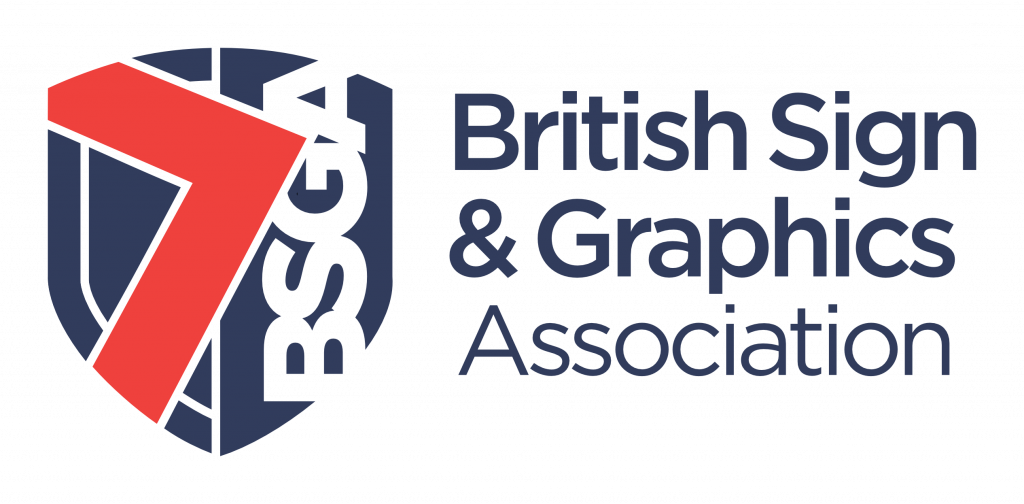Straight Talk on Subcontracting, Supply Chains, and Getting the Job Done
It’s no secret that working in signage means juggling a lot of moving parts, from managing customer expectations to relying on subcontractors to deliver on time. And if you’ve ever had a deadline go sideways because of a miscommunication or a missing delivery, you’re not alone.
That was the focus of the BSGA’s first live-streamed Sign Surgery, a session where real-world issues get a real-world airing. Led by Craig Brown, BSGA’s chairman, who has spent enough time in the trenches of the sign and graphics industry to know the challenges inside out, the conversation tackled the tough stuff: subcontracting, supply chains, and why smoother operations start with better communication.
From the outset, Craig didn’t sugarcoat the situation.
“There’s a growing stress in the trade,” he said. “Particularly for small to medium-sized companies. And often, it comes down to a breakdown in the most basic thing – talking to each other.”
It’s a sentiment that resonated with many in the (virtual) room. As one participant noted in the chat, “It’s amazing how much can fall apart just because someone thought an email counted as a conversation.”
Craig expanded on that: “We fire an email off with an order and assume it’s being processed. But what happens if it wasn’t received? Or misunderstood? That’s where problems begin.” His solution is simple but powerful: pick up the phone, follow up, and double-check. “If the product’s due Friday, call by Wednesday. Call Monday if you have to. Own the process.”
That idea of ownership came up repeatedly throughout the session. Craig made it clear: “If you run the business, the responsibility is yours. Customers don’t see the subcontractor, the courier, or the supplier. They see you.”
The conversation quickly widened to explore how the industry is changing. “Gone are the days when big firms handled everything in-house,” Craig said. “Now it’s more common to see agile, smaller outfits that rely on a network of trusted suppliers and subcontractors.”
That shift brings new pressures, especially around timelines. Sam Armstrong, CEO of Make It Happen struck a chord when she said: “I think as an industry we need to try and slow it down. Everyone’s rushing, installers are being booked before goods are even confirmed. Materials are arriving on the same day as the fit. There’s no allowance for traffic, no contingency. DFS can take eight weeks to deliver a sofa. We get ten working days, if we’re lucky.”
Craig was in agreement. “To that degree, we are our own worst enemy,” he said. “We’ve raised the bar ourselves, and now clients expect us to beat it every time. It’s like setting a world record, then being asked to break it again the next day.”
He stressed the need to reset expectations through proper process and communication. “It’s about relationships. I once worked with a buyer who admitted his goal was to get 5% off every job. Had I known that earlier, I’d have just built it in. But the point is, we talked. He kept me in the loop on what was coming up. That only happens when you move beyond email and into real conversations.”
The challenges of coordination were familiar to many. Craig pointed out that smaller sign companies rarely have the space to stock large materials like flex face or long extrusions. “Most of us are working out of 1000 – 2500 square foot units. We can’t store everything, so we rely on just-in-time delivery. But if there’s a jam on the M6, and your product doesn’t show, what then?”
Joe Lacey at Innova Solutions echoed the concern. “We’re often getting calls the day before an install, asking for next-day delivery of tapes and adhesives. And that pressure repeats across dozens of jobs.”
Craig challenged businesses to take a more proactive approach. “I’m amazed how many people don’t carry stock of basic materials. If you look at your jobs from the past 18 months, you’ll see patterns, more window film jobs in summer, for instance. Forecasting isn’t perfect, but it helps.”
He also suggested that Sign Surgery could be a two-way street. “Maybe this is an opportunity for suppliers to give us feedback, too. What do they need from us to help things run more smoothly?”
As the conversation wound down, Craig returned to a key theme: clarity. “Information is king. If you’ve got the facts, it’s easier to deal with the problem. It’s when you’re guessing that stress kicks in.”
The first live-streamed Sign Surgery proved that these kinds of honest, practical conversations are not only welcome; they’re essential. As Jack Gocher, marketing lead at BSGA, put it, “It was all a bit experimental. But judging by the level of engagement, it’s exactly the kind of forum our industry needs.”
Here’s to more sessions that bring sign makers together to share challenges, swap insights, and build solutions, one conversation at a time.
